
ALL ABOUT FLEX PCB
-
PCB manufacturer in Austria
Posted by
–
 Read more: PCB manufacturer in Austria
Read more: PCB manufacturer in AustriaIntroduction to PCB Manufacturing in Austria Austria, a country known for its stunning landscapes, rich cultural heritage, and technological advancements, has established itself as a prominent player in the electronics industry, particularly in the field of printed circuit board (PCB) manufacturing. PCB Austria has become a synonym for quality, reliability, […]
-
Creating the Layout from your Schematic
Posted by
–
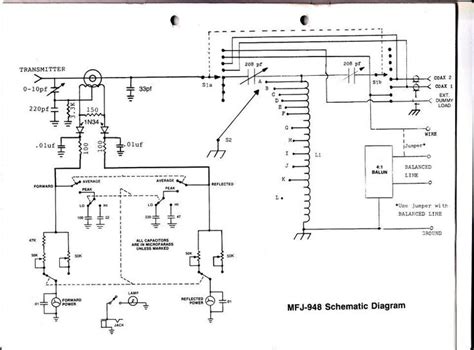 Read more: Creating the Layout from your Schematic
Read more: Creating the Layout from your SchematicIntroduction to Layout and Schematic Design When it comes to designing electronic circuits, the schematic and layout are two essential components that work hand in hand. The schematic represents the logical connections and components of the circuit, while the layout is the physical representation of how those components will be […]
-
RGB Pinout: Interesting Facts You Should Know
Posted by
–
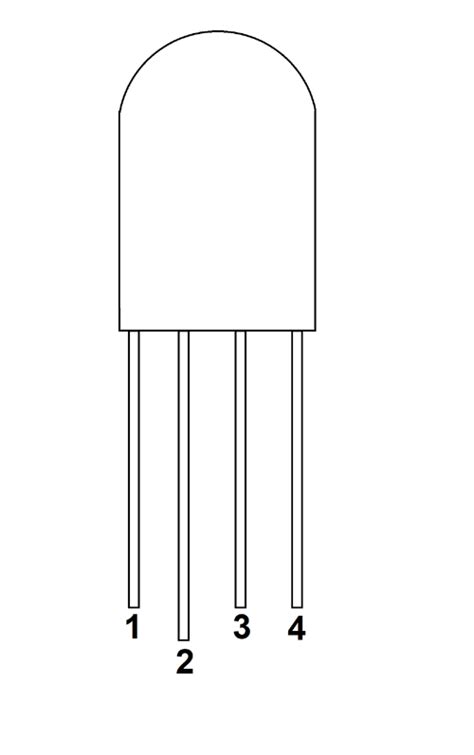 Read more: RGB Pinout: Interesting Facts You Should Know
Read more: RGB Pinout: Interesting Facts You Should KnowWhat is RGB Pinout? RGB pinout refers to the arrangement and configuration of pins on a connector or interface that is used to control RGB (Red, Green, Blue) lighting or display devices. RGB is a color model that allows for the creation of a wide range of colors by combining […]
-
Fast-Blow Fuse: A Proper Insight To Fuses
Posted by
–
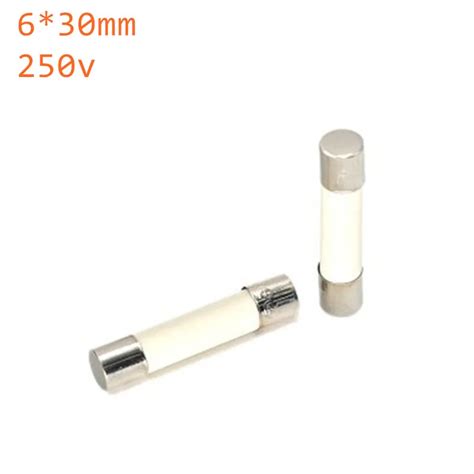 Read more: Fast-Blow Fuse: A Proper Insight To Fuses
Read more: Fast-Blow Fuse: A Proper Insight To FusesIntroduction to Fast-Blow Fuses A fast-blow fuse, also known as a quick-acting fuse, is a type of electrical safety device designed to protect circuits from excessive current. These fuses are commonly used in applications where rapid interruption of the circuit is necessary to prevent damage to sensitive electronic components or […]
-
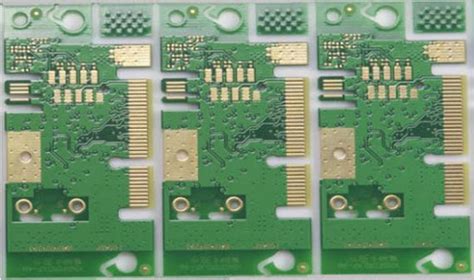 Read more: Gold PCB: Protective Immersion or Electroplating Finishing for Circuit Boards
Read more: Gold PCB: Protective Immersion or Electroplating Finishing for Circuit BoardsIntroduction to Gold PCBs Gold PCBs, also known as gold-plated printed circuit boards, are a type of PCB that features a thin layer of gold coating on the surface of the copper traces and pads. This gold finishing is applied through either an immersion or electroplating process, which provides enhanced […]
-
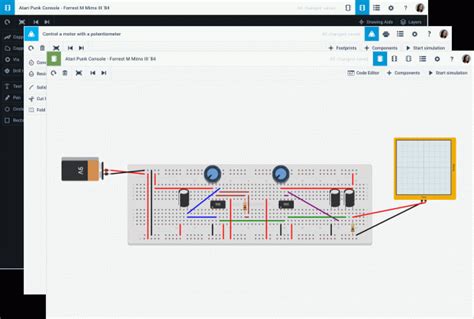 Read more: Best Breadboard Simulator: 11 Best Circuit Simulation Software-2022
Read more: Best Breadboard Simulator: 11 Best Circuit Simulation Software-2022What is a Breadboard Simulator? A breadboard simulator, also known as a circuit simulator or electronic design automation (EDA) software, is a computer program that lets you virtually design and simulate electronic circuits. Instead of physically wiring components on a breadboard, you design your circuit schematic digitally and the software […]
-
What is the Layer of a PCB?
Posted by
–
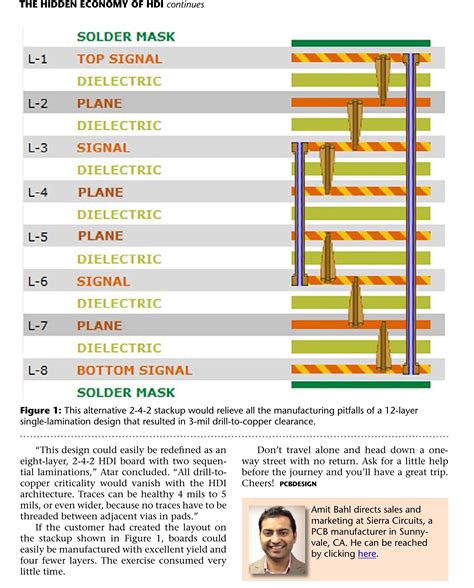 Read more: What is the Layer of a PCB?
Read more: What is the Layer of a PCB?Introduction to PCB Layers Printed Circuit Boards (PCBs) are essential components in modern electronics, providing a platform for interconnecting electronic components and facilitating signal transmission. One of the critical aspects of PCB design is the concept of layers. PCB layers play a vital role in determining the functionality, performance, and […]
-
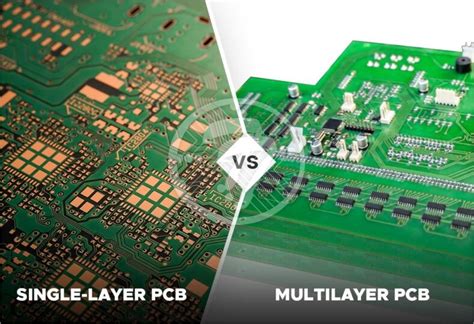 Read more: Single Layer PCB: A Simple Circuit Board for Low-Density Designs
Read more: Single Layer PCB: A Simple Circuit Board for Low-Density DesignsIntroduction to Single-Layer PCBs A single-layer printed circuit board (PCB) is the simplest and most cost-effective type of PCB, consisting of a single conductive layer of copper traces and pads on an insulating substrate material. Single-layer PCBs are ideal for low-density electronic designs with a limited number of components and […]
-
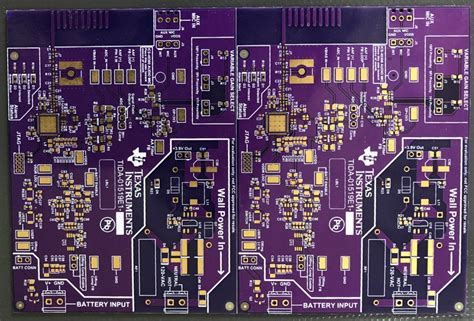 Read more: 10-layer PCB Fabrication: How to Get the Best Printed Circuit Boards
Read more: 10-layer PCB Fabrication: How to Get the Best Printed Circuit BoardsIntroduction to 10-layer PCBs In today’s world of advanced electronics, printed circuit boards (PCBs) play a crucial role in connecting and supporting various components. As technology progresses, the demand for more complex and high-density PCBs increases. This is where 10-layer PCBs come into the picture. These multilayer boards offer numerous […]
-
What Is Single Layer PCB
Posted by
–
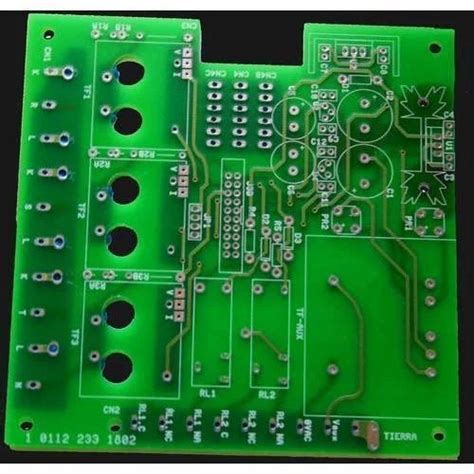 Read more: What Is Single Layer PCB
Read more: What Is Single Layer PCBIntroduction to Single-Layer PCBs A Single-Layer PCB (Printed Circuit Board) is the simplest and most basic type of PCB. As the name suggests, it consists of only one layer of substrate or base material, with conductive copper traces printed on one side. The other side of the board is left […]




